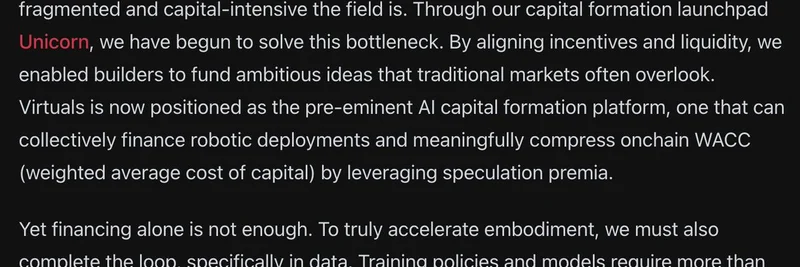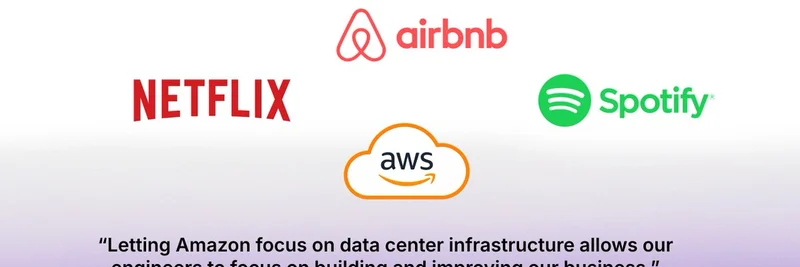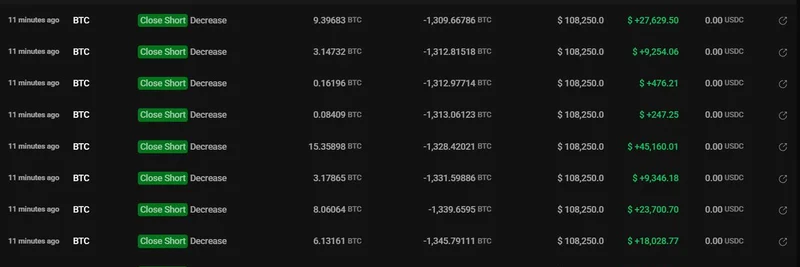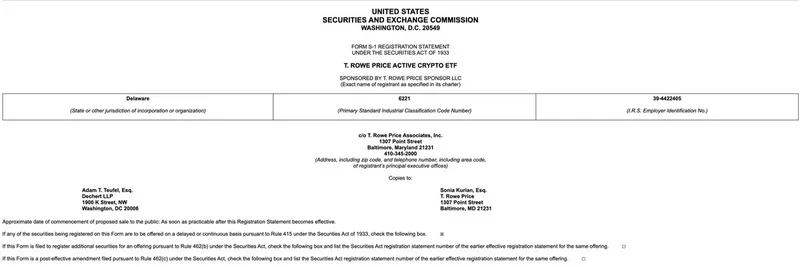In the fast-evolving world of web3 and AI, where blockchain meets artificial intelligence, a recent thread on X (formerly Twitter) has sparked excitement among crypto enthusiasts and robotics builders alike. Posted by Nutcha (@nutcha_nj), an Ethereum maximalist, the thread quotes a key update from everythingempty (@everythingempt0), a core contributor at Virtuals Protocol. It highlights how Virtuals is bridging the gap between small-scale web3 robotics projects and industry behemoths through their new SeeSaw app. Let's break it down and explore why this could be a game-changer for the sector.
The Challenge for Small Web3 Robotics Projects
For context, web3 robotics involves building decentralized AI agents—think smart robots or software entities that operate autonomously on blockchain networks. These projects often aim to create "embodied" agents, meaning AI that's not just code but integrated with physical hardware like robots. However, competing against tech giants like Tesla, which has poured billions into training its Optimus robot with massive datasets, has been an uphill battle.
As Nutcha points out in the original thread, small teams lack the resources to gather "real-world" training data. This data is crucial for teaching AI how objects move and interact in 3D space—things like egocentric views (from the robot's perspective), teleoperations (remote control), or synthetic simulations. Without it, these projects are stuck in limbo, unable to scale or innovate effectively.
Virtuals Protocol Enters the Scene
Enter Virtuals Protocol, described as a "society of productive AI agents" that enables autonomous on-chain commerce. According to the quoted post, Virtuals has been investing in frontier robotics startups for over a year, using their treasury funds to back teams that might otherwise shun "crypto bros" but appreciate the capital. Their goal? To solve the capital bottleneck with a launchpad called Unicorn, which aligns incentives and liquidity for ambitious ideas often overlooked by traditional markets.
But funding alone isn't enough. As the announcement emphasizes, true acceleration in embodied AI requires closing the data loop. Training models need scale, spatial depth, and diversity—elements that are scarce today. Virtuals' solution: the SeeSaw app, now live and built without launching a new token (a refreshing nod to sustainability in crypto).
How SeeSaw Changes the Equation
SeeSaw flips the script by crowdsourcing data from thousands of users. Imagine everyday people contributing snippets of real-world interactions via their devices—capturing movements, sensor data, or game proxies. This democratizes access, making high-quality training datasets affordable for web3 robotics projects launched on Virtuals.
Nutcha's take? "Everything is connected." Small projects that once couldn't afford Tesla-level data now have a shot. With SeeSaw, they can tap into a growing pool of community-driven inputs, reducing costs and speeding up development. If you're in the crypto space, this isn't just tech talk—it's about real utility driving value for tokens like $VIRTUAL, currently trading around $0.80 according to CoinMarketCap.
Why This Matters for Meme Tokens and Beyond
At Meme Insider, we track how narratives like AI agents fuel meme token hype, but Virtuals stands out for its substance. By focusing on embodied agents and real-world applications, it's positioning itself as a leader in the AI capital formation space. Compressing on-chain WACC (weighted average cost of capital) through speculation premiums? That's crypto innovation at its best.
If you're a blockchain practitioner eyeing the next big thing, keep an eye on Virtuals. The team's vision—building a network state of autonomous agents—could redefine how we think about robotics in web3. As Nutcha concludes, if this doesn't convince you, what will?
For more insights on meme tokens and blockchain tech, stay tuned to Meme Insider. What's your take on SeeSaw? Drop a comment or check out the full thread for yourself.




